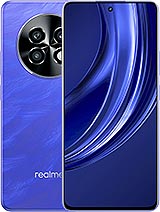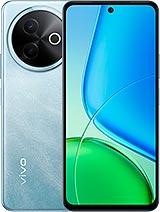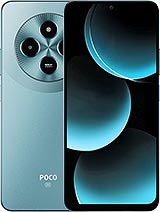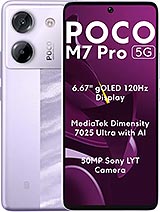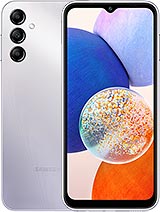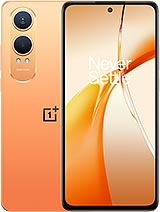Oppo K13 alternatives
Tap above to see alternatives.
Redmi 13C alternatives
Tap above to see alternatives.
1x2.3 GHz Cortex-A720s
3x2.2 GHz Cortex-A720s
4x1.8 GHz Cortex-A520s
2x2.2 GHz Cortex-A76
6x2.0 GHz Cortex-A55
8GB 256GB (UFS 3.1)
6GB 128GB (UFS 2.2)
8GB 256GB (UFS 2.2)
f/1.9, 27mm (wide), 1/2.88", OmniVision OV50D40, PDAF
2 MP
f/2.4, (depth)
f/1.8, 28mm (wide), PDAF
0.08 MP
(auxiliary lens)
1080p@30/60/120fps
f/2.5, 23mm (wide), 1/3.0", 1.0µm, Sony IMX840
SIM1: Nano, SIM2: Nano
SIM1: Nano, SIM2: Nano
FDD: N1, N3, N5, N8, N28
TDD: N40, N41, N77, N78
FDD: N1, N3, N5, N8, N28
TDD: N40, N78
FDD: N1, N3, N5, N8, N28
TDD: N40, N41, N77, N78
FDD: N1, N3, N5, N8, N28
TDD: N40, N78
In this performance comparison, the Oppo K13 with its Qualcomm Snapdragon 6 Gen 4 (4nm) performs better than the Redmi 13C with the Mediatek Dimensity 6100+ (6nm), thanks to superior chipset efficiency.
Both phones offer the same 2 years of OS update support. For security updates, Redmi 13C offers 4 years of support compared to Oppo K13's 3 years.
Oppo K13 features a superior AMOLED display, while Redmi 13C comes with an LCD panel. In terms of smoothness, Oppo K13 offers a higher 120 Hz refresh rate, ensuring fluid scrolling and animations. Oppo K13 also boasts a brighter screen with 1200 nits of peak brightness, enhancing outdoor visibility. Notably, Oppo K13 offers a higher screen resolution, resulting in sharper visuals and more detailed content.
Oppo K13 comes with a larger 7000 mAh battery, which may offer longer usage on a single charge. Oppo K13 also supports faster wired charging at 80W, compared to 18W on Redmi 13C.
Oppo K13 offers better protection against water and dust with an IP65 rating.
- Oppo K13 – Check price here
- Redmi 13C – Check price here
¹ Scores can vary even with the same chipset due to RAM, thermals, and software optimization.


